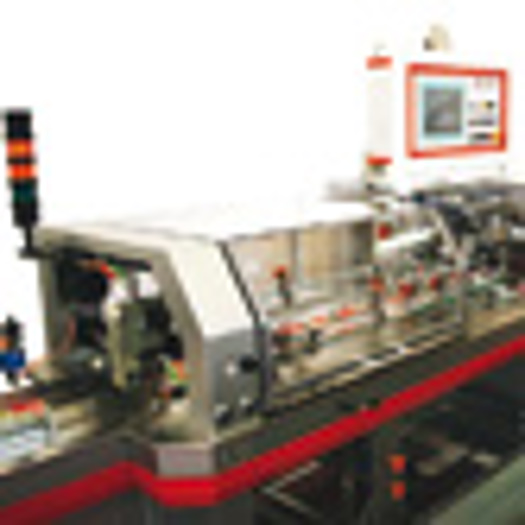There is so much conflicting evidence about the success of direct and transactional mail that it's enough to make your head spin. On one hand, charity comparison website Intelligent Giving claims that direct mail (DM) is the least effective means of fundraising - it says printed material returned the least amount of donations per pound, in comparison to online and telephone campaigns.
However, kit suppliers are coming up with compelling evidence to the contrary. Last month, Pitney Bowes surveyed 10,000 people as part of a pan-European study. The results from the UK found that DM was twice as likely to drive UK customer traffic to company websites as digital marketing. With any marketing campaign, it's vital to have DM that is highly targeted; anything else will simply be binned. As a result, print inspection systems are emerging onto the market with many products offering data integrity through barcode readings or camera systems.
Focus on integrity
"Transactional mail continues to focus on high-speed, high-integrity systems. Direct mail is also now moving in that direction," says Keith Turnbull, marketing manager at Böwe Systec.
While DM volumes are reducing, the value of each mailing is increasing. As a result, there is more demand for shorter-run enclosing machinery. "With money being an important focus, buyers continue to seek add-ons to extend the life of existing systems," adds Turnbull. When looking to invest, customers should make sure the supplier has a good support structure and that a machine has ease of implementation and use.
One of the key pieces of mailroom kit is envelope inserters. These collate documents for mailing packages on a conveyor. Sophisticated systems are capable of feeding not just flat sheets, but also booklets of varying thickness, folded sheets, odd-shaped items and even bulky packages like CDs.
With postal wrapping systems, magazines are fed through a chain system and placed centrally onto a reel of film. A knife then cuts the film and the package goes on to be heat-sealed. The planning of a machine's exact configuration needs to take into account both the products being handled and their thickness and format.
Suppliers should take solace in the fact that there is plenty of evidence to suggest that the DM market isn't likely to disappear any time soon and consumers are responding. Trans-actional print firm GI Direct says that observing consumer trends, such as the timing of DM campaigns, has been crucial to its success. This has been echoed in a recent Royal Mail study that showed those in the financial sector are most likely to respond on a Saturday, while overall responses were highest on Wednesdays, Thursdays and Saturdays.
WHAT'S NEW IN MAILROOM EQUIPMENT
- In January, direct marketing specialist Inkfish upgraded its mailing lines with a £200,000 spend on an envelope inserter from Buhrs
- Mailing equipment manufacturer Pitney Bowes moved into the direct mail sector after signing an original equipment manufacturer deal with CMC in February. Three CMC-built machines, the DPS 150, the DPS 250, and the DPS 400, now form part of Pitney Bowes’ new range
- In April, Priority Mailing & Digital Print stated its intention to stay at the forefront of technology after bringing envelope inserting in-house with a Sitma SM15 line
- Last month, Lick Group trebled the size of its premises with a move to a 3,720m2 building and said it was considering potential acquisitions. All three sites of the digital and direct mail company (Wakefield, Elland, Leeds) are in the process of relocating to a warehouse facility in Gildersome in Leeds
- Böwe Systec has launched its JETVision product in the UK – a machine that ensures mail piece integrity to already installed systems









